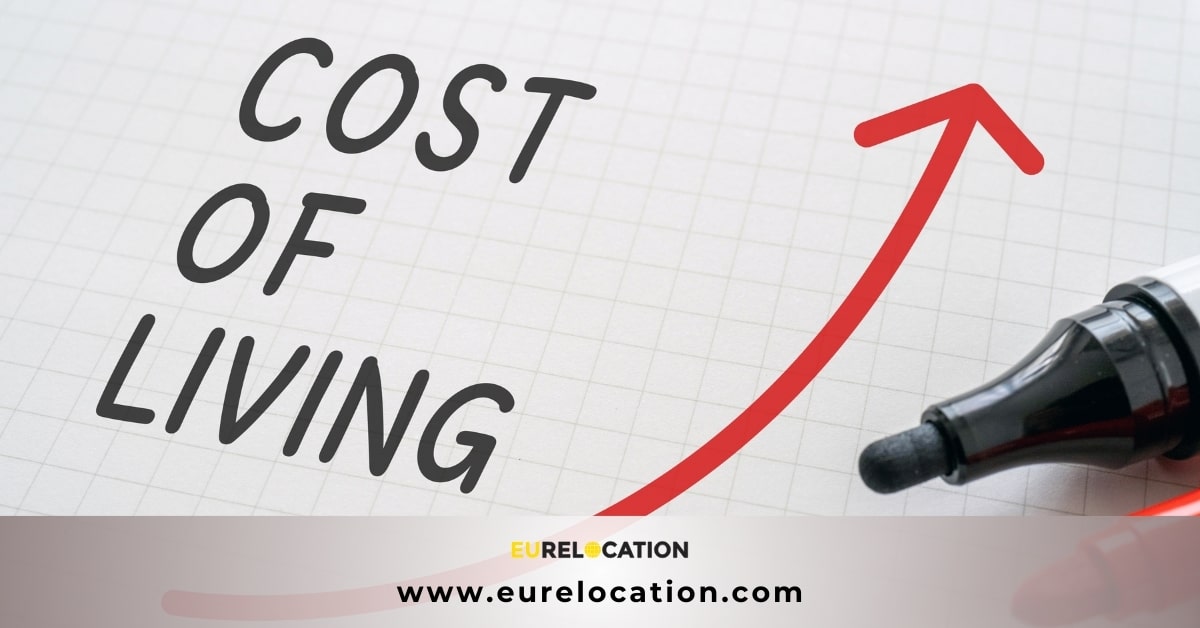Sending and receiving packages through the postal system in Europe is generally easy, but different countries have slight variations. Knowing how the local postal systems work will help you send and receive packages without problems. Here’s a basic guide to using the postal system in Europe:
1. Choosing a Postal Service
In Europe, there are national postal services and private courier companies. Some common national postal services include:
- Royal Mail (UK)
- La Poste (France)
- Deutsche Post (Germany)
- Correos (Spain)
- Poste Italiane (Italy)
- MaltaPost (Malta)
In addition to these, private couriers like DHL, FedEx, UPS, and DPD are available all across Europe, offering faster services, especially for international deliveries.
Things to Consider for the Postal System in Europe
- Speed: National services offer both economy (slower) and express (faster) options. Private couriers are faster but cost more.
- Cost: Costs depend on the package’s weight, size, and destination. National services are usually cheaper for domestic deliveries.
- Tracking: Both national and private services offer tracking, but the level of detail may vary.
2. Sending Packages
To send a package through the postal system in Europe, follow these steps:
a. Pack the Item Properly
Make sure your package is well-packed, especially if it contains fragile items. Clear labeling is important, and for international shipping, you may need to declare the contents.
b. Visit a Post Office or Drop-Off Point
In most European countries, post offices are easy to find. Some are even located in supermarkets or corner shops. For private couriers, you can either visit drop-off points or schedule a pickup online.
c. Choose the Right Service in the Postal System in Europe
Select economy or express, depending on how quickly you need the package to arrive. Domestic and European deliveries usually take 2-5 days, while international ones might take longer.
d. Fill Out Any Required Forms
- For domestic deliveries, you only need the recipient’s and sender’s addresses.
- For international deliveries, a customs form may be required, especially if you’re sending packages outside the European Union (EU). Sending within the EU usually doesn’t need customs forms.
e. Track and Insure
Keep your receipt and tracking number. Most services offer insurance options, especially for valuable items.
3. Postal System in Europe: Receiving Packages
Receiving packages through the postal system in Europe is also simple, though delivery methods may differ by country.
a. Home Delivery
Most national postal services deliver packages directly to your home. If you’re not there, they might leave it with a neighbor, in a safe place, or at a local post office for collection.
b. Parcel Lockers
Some countries, like Malta and Germany, offer parcel lockers where you can pick up your package at any time. These lockers are often located at shopping centers or train stations, and you’ll receive a code to collect your package.
c. Poste Restante
This service allows you to have a package sent to a post office, where you can pick it up. It’s a helpful option for travelers or those without a fixed address.
d. Track and Collect
Using your tracking number, you can follow your package’s journey. If you miss the delivery, you might need to pick it up at the local post office or reschedule the delivery.
4. Country-Specific Tips for the Postal System in Europe
Each country has its own postal practices, so it’s good to be aware of the differences:
- Germany: Deutsche Post offers parcel lockers (DHL Packstations), and it’s common for packages to be left with neighbors.
- France: La Poste offers delivery to homes, workplaces, or lockers called “Pick-Up Stations.”
- Italy: Poste Italiane may be slower compared to other European countries, and it’s common to collect packages from the post office.
- Malta: MaltaPost delivers to homes, but if you’re not home, you can collect your package from the nearest post office.
- UK: Royal Mail offers next-day delivery, and if you’re not home, packages are left in “safe places” or at a nearby post office.
5. Digital Solutions in the Postal System in Europe
Many postal services across Europe offer apps to make things easier. You can use these apps to track packages, manage deliveries, and even select where your package should be delivered.
- DHL and UPS offer real-time tracking.
- Some postal apps allow you to reschedule deliveries or choose parcel lockers if you won’t be home.
6. International Shipping Considerations
If you’re sending a package to or from a non-EU country, customs fees may apply. Detailed customs information is required, including the package contents and value. Since Brexit, shipping to the UK from the EU involves extra customs paperwork and possible fees.
Understanding the postal system in Europe can make sending and receiving packages easier. Whether you’re using national postal services or private couriers, be sure to label packages clearly, track them, and declare contents when needed. Getting familiar with local customs—like using parcel lockers or collection points—will help you send and receive packages efficiently, no matter where you are in Europe.









